It’s no shock to anyone that the art and media we take in has a direct effect on us, especially on our brain elasticity when we’re young. There also seems to be a direct correlation between the change of the socio-political climate and the media being presented. For example, in World War II, cartoonists like Disney, Fleischer Studios, and Dr. Seuss were tasked with making anti-war propaganda against Nazis and racist iconography against Japanese people. (That’s right! Dr. Seuss used to make horrifically racist cartoons, still wanna bang the Once-ler now?)
A similar trend exists in media today, thankfully with a more positive connotation. As the country, mainly its youth, errs on the side of inclusion and acceptance of all sorts of spectrums of identities, so do television shows, movies, and video games. Shows like STEVEN UNIVERSE present a narrative of confidence and freedom of expression, chronicling three literal space rocks without sexes that still present feminine and use she/her pronouns. SHE-RA AND THE PRINCESSES OF POWER follows in the right direction with its incorporation of character variation, presentation, and personality, therefore rejecting pre-established institutions of sex, gender, and the rigidity of expression.
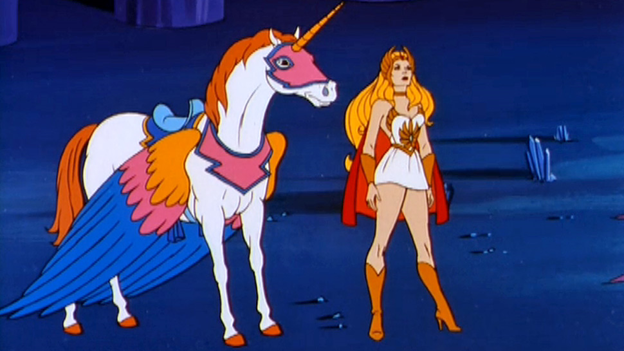
You will be sorely missed strapless dress and orange high heeled boots… not really lol
SHE-RA AND THE PRINCESSES OF POWER is a monumental accomplishment for many reasons. Firstly, it features Noelle Stevenson of NIMONA and LUMBERJANES as its showrunner. Noelle is an out queer woman who’s been incredibly vocal about representation for queer women, as well as one of the youngest showrunners to date at 26 years old. The reboot also features a complete reimagining of well-known characters like Catra, Glimmer, and Queen Angela, but with inclusive ideas of race and body type. For me, however, the most important tenet of this new show is the complete refusal to hearken back to the self-established gender norms of its predecessor.
In the ‘80s, when the original SHE-RA came out, much of the inherent heteronomative and cissexist depiction of the characters came from how their toys were manufactured—toys the show and its counterpart HE-MAN were explicitly created to sell. By having all women and men of the same body type, only one doll for those sexes has to be created. Now, the nature of animated programming and the climate for what is becoming “acceptable” to be shown to children is changing. Characters no longer have to be created specifically with toys in mind; therefore, a space for originality and identity is created. In particular, the characters Bow, Light Hope, Shadow Weaver, and of course Adora/She-Ra come to mind.
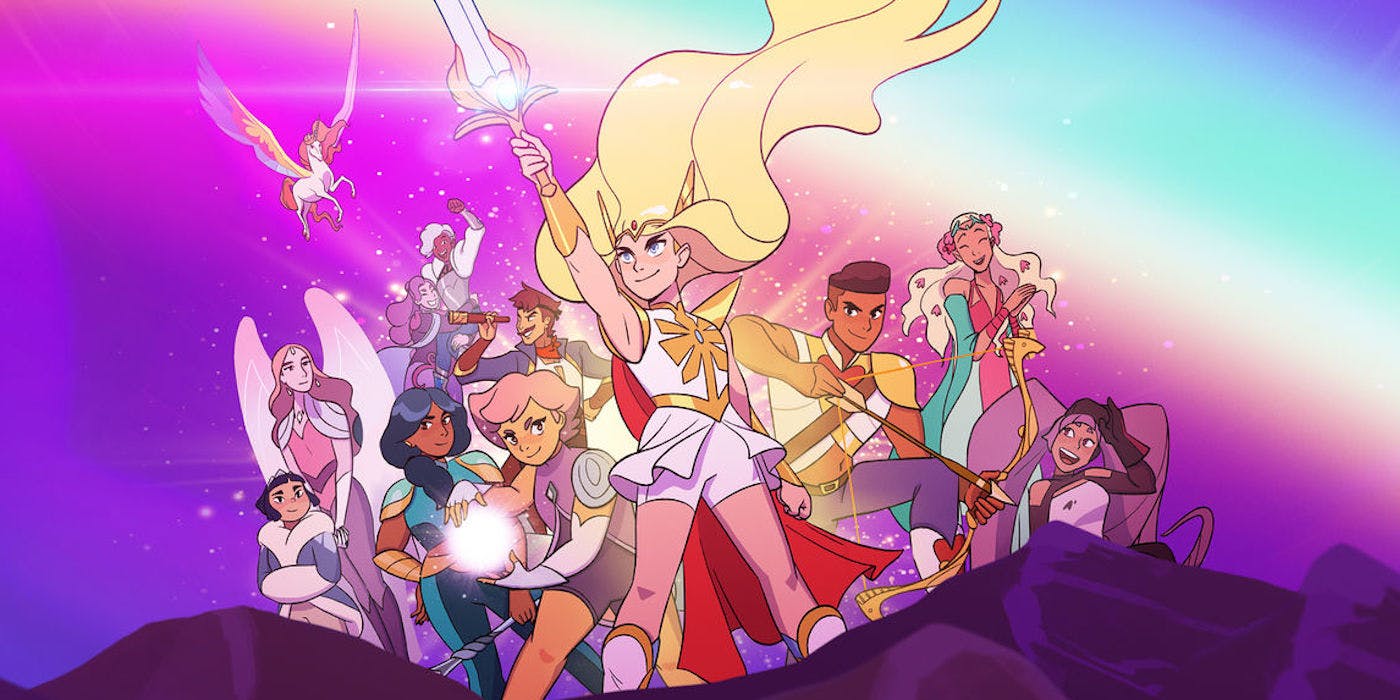
In Noelle Stevenson we TRUST
If you have been on Twitter in the past year, I’m sure you were privy to the unfortunate nature of the gatekeeping (and, frankly, obnoxious) ideas thrown by “true She-Ra fans” concerning the reboot. Gatekeeping can be defined as someone believing they have a right to dictate who can and cannot have access and be a fan of certain forms of media, communities, and—in more extreme cases—identities. However, it is most prevalent amongst men saying what it means to be “true fans” of common forms of media. When the first visuals from the reboot were released, many fans of the original She-Ra rose up from the ashes and shared their biting opinion. However, as creator J. Michael Straczynski stated, She-Ra is not the endowed “ideal woman,” admitting she was an unfortunate vessel for objectification whose sex appeal glossed over any character agency. With the Straczynski co-sign, the naysayers were met with a lot of opposition and finally learned to close their mouths… at least for now.
She-Ra’s original design featured an impossible hourglass frame, cape, gauntlets, and high-heeled boots. In the original’s defense, She-Ra does look like a stereotypical superhero of that era and follows in the footsteps of many other common designs for toys and the heroines they portray. However, the reboot added something absolutely vital to She-Ra: practicality. Adora might be more flat-chested, but for one thing, she’s supposed to be a teenager, and also, she trains every single day? Of course a woman with that much muscle everywhere else is not going to have a body part mostly consisting of fat. The heels are gone, because god knows how she fought in those in the first place, but a rad pair of bright red boots remain. Not to mention that She-Ra still gets to keep her long, flowing blonde locks. I think it’s important to respect the original in some ways, but mostly, Adora/She-Ra’s updated design, with a new Sailor Moon transformation sequence in tow, focuses on her coming of age and becoming a powerful woman. How she looks is completely respectful of her own autonomy, and that’s an invaluable lesson for young viewers.
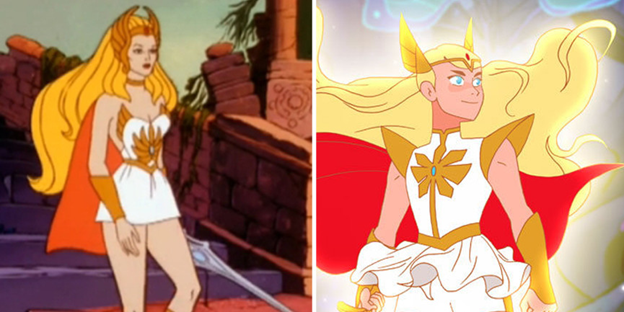
Bow is an archer for the rebellion, and a part of the self-proclaimed “best friends club” of him, Adora, and Glimmer. 1980s Bow is well designed… to look like a roided-out action figure. Not to mention his weird ‘70s porn mustache. To me, Bow was always such an interesting anomaly because it was the ‘80s perception of inclusivity. He was the only man hanging with a bunch of highly feminine-presenting women, and was supposed to be an unfortunate icon for white cis-gay men of the time. However, besides being a walking stereotype of the daddy persona, Bow wasn’t allowed to be too queer-presenting, never allowed to break any boundaries of gender expression or perception. (See: his large, off-putting golem muscles.) In the new series, Bow is the irrefutable solution. Not only is he a lean cuisine with a much more perceived feminine demeanor, he’s a black teenager. Throughout the whole show, Bow, more than most characters, allows himself to emote and react to everything around him. Emotions are unfortunately relegated as a commonplace signature of female characters (eye roll); however, Bow is never afraid to cry, fight, or, per the “Princess Prom” episode, show his midriff. Unlike his original counterpart, the new and improved Bow presents more feminine, identifies as a man, and is completely complacent in his gender identity and expression!
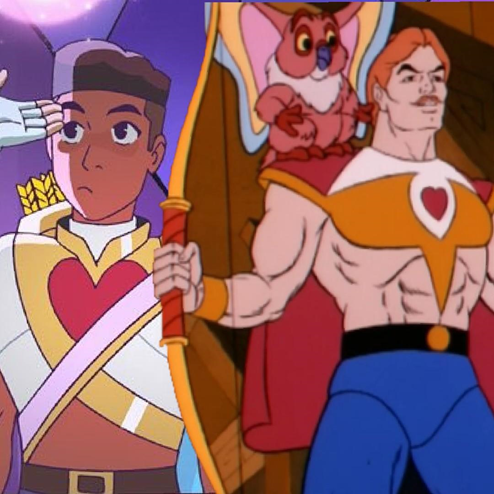
God forbid you slap a pair of silver glitter thigh-high boots on this man and not play it off as comedy!
Shadow Weaver and Light Hope are two notable characters I have been ecstatic to see drastic change in. Now that may sound like a peculiar thing to say, but HEAR ME OUT. In the original, Shadow Weaver is L I T E R A L L Y a dark, capable witch who tolerates no insurgency, and yet she’s a floating robe with titties? Not to mention, how are her perfect tits able to be made out in a very heavy robe? Listen, I am all here for women showing off their bodies, but when it’s done entirely to mitigate their power and remind everyone to objectify them, that’s where I have a slight problem. Light Hope, on the other hand, I have a little more positivity towards. In the original, Light Hope is this beacon of a rainbow geyser that comes as an intermittent guide to Adora. I actually loved the ethereal nature of Light Hope, and his amorphous form also made him feel more mysterious. I also absolutely adore the reboot version of Light Hope. She is a feminine-presenting elongated being that, again, provides hope and guidance for Adora, but with an undeniably maternal nature. She isn’t the classic archaic, long-flowing locks, softly lilting, glowing magic mother we’re used to. She is actually much more fluid in her gender expression and is beautiful and incandescent all the same. The same constitutes for Shadow Weaver; she is no longer a walking hot robe who does Hordak’s bidding. She is an intimidating figure, ready to fight, clad with Eris-from-Sinbad ever-flowing locks.

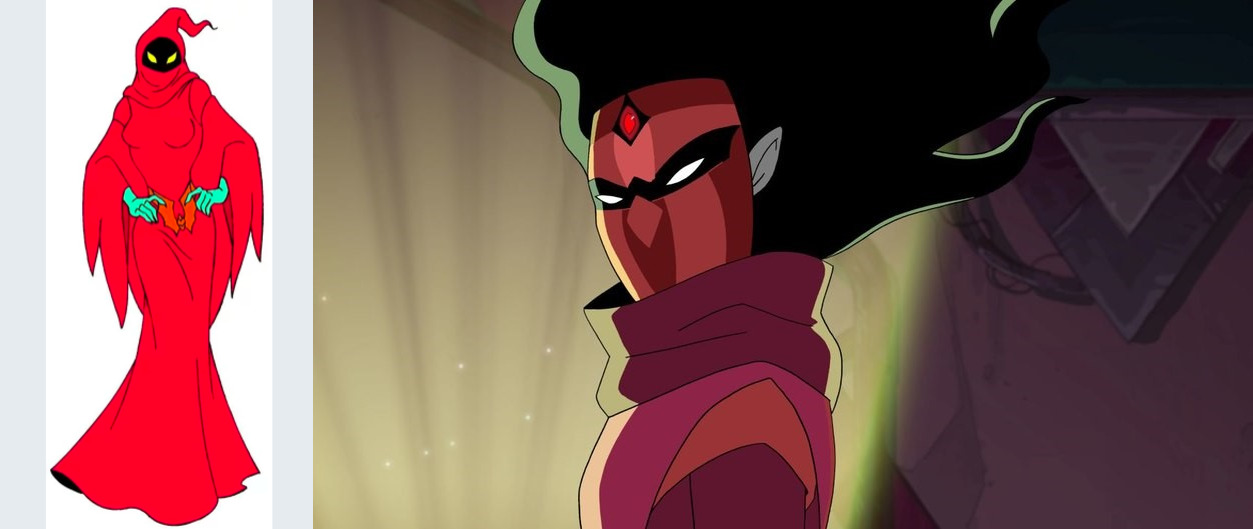
Wake me up when September fucking ends
I know it can sound like a broken record to say “Kids should see people that look like them on TV,” but the repetition is unbelievably important. By having characters like Adora, Bow, Light Hope, and Shadow Weaver expressing themselves on their terms and not adhering to any implored norms about identity and perceived gender; children can feel the same way. Studies show that children know their gender by age four—by having fluidity and expression be open and ready to be explored in shows like SHE-RA, we as a cissexist society are doing more to support and validate them!
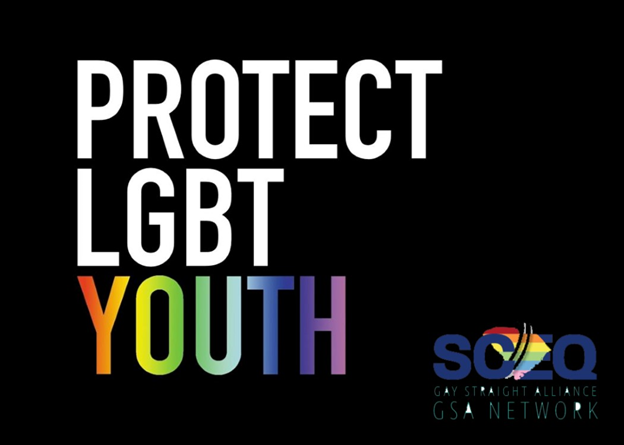
On a side note: I’m currently doing a GoFundMe to remake THE WAR OF THE ROSES with Shadow Weaver and Light Hope as the stars. DM if interested, SERIOUS INQUIRIES ONLY!


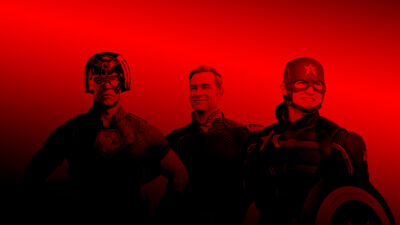

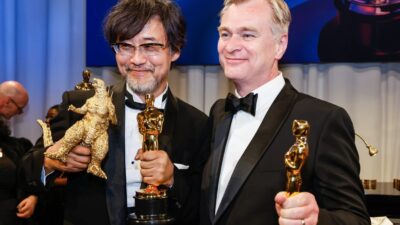
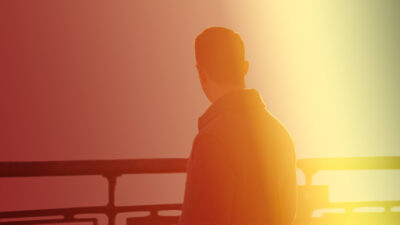
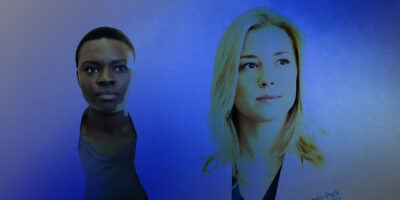
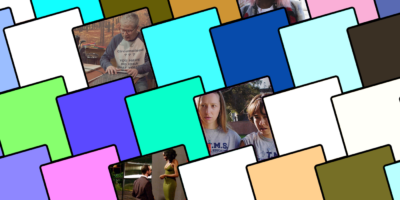

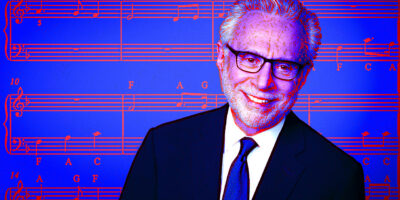
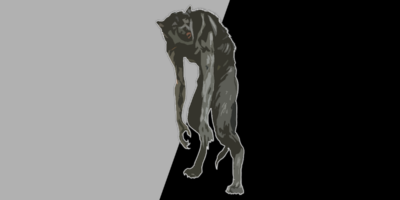
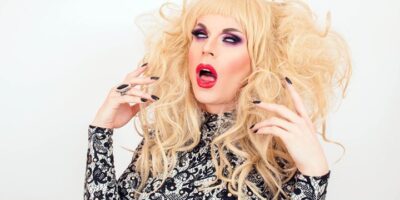
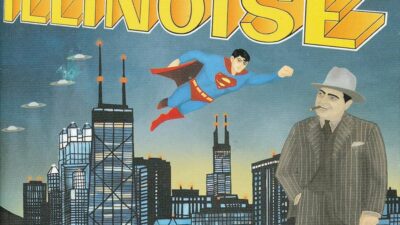



Comments